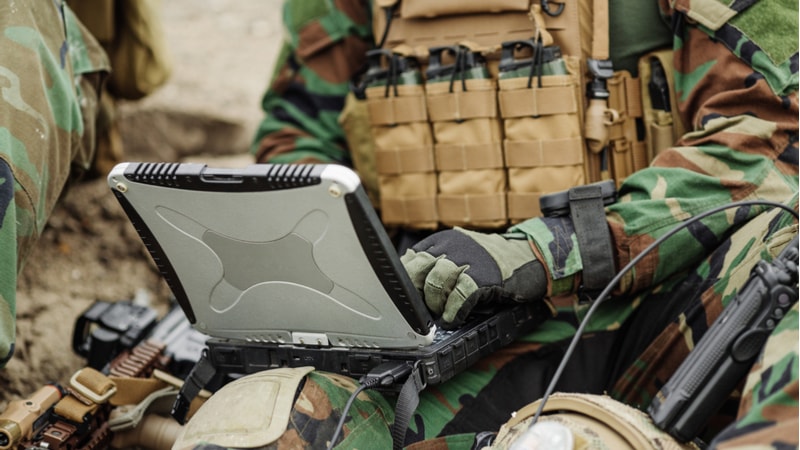
The Department of Defense (DoD) has failed to broadly communicate information about the available financial flexibilities that can be used department-wide to support research and development (R&D), innovation, and modernization efforts, a new Government Accountability Office (GAO) report says.
Congress provided the DoD with at least 26 authorities related to budgeting and financial management that allowed the agency flexibility in its use of funds to support R&D activities during fiscal years 2017 through 2021. However, the GAO report finds that the Pentagon has not communicated information across the department about these flexibilities, which could have limited their use.
The DoD receives about $95 billion annually to fund research and development, GAO said, but the process to request and allocate these funds generally takes about two years – which can hinder DoD’s ability to support technological innovations.
In light of that, Congress allowed DoD some flexibility to decide how to use certain funds. The 26 financial flexibilities granted to the department include support like allowing lab directors to use a small portion of lab funds to support early research or encouraging partnerships with allied foreign countries, like members of the North Atlantic Treaty Organization (NATO).
However, DoD hasn’t consistently communicated information about these flexibilities across the department, and according to the report, this can hinder DoD’s ability to support new technologies.
GAO reviewed five flexibilities that the DoD used to accelerate R&D efforts for fiscal years 2017 through 2021. Specifically, the DoD reported making about $4.5 billion available for the:
- Funding Laboratory Enhancements Across Four Categories;
- Defense Rapid Innovation Fund;
- Rapid Acquisition Authority;
- Budget Activity Eight; and
- Defense Laboratory Modernization Program.
GAO found that DoD does not maintain centralized information on its R&D financial flexibilities, despite DoD and military department officials expressing that such a resource would be useful.
Army, Navy, and Air Force officials responsible for R&D efforts said they were generally familiar with the five flexibilities GAO reviewed, but not the others. Responsibility for implementation is dispersed among organizations, the report says.
The watchdog agency identified three factors that help enable DoD officials to leverage the financial flexibilities: planning, guidance, and institutional support.
The software-related pilot flexibility that GAO reviewed did not fully meet leading practices for pilot program design, the agency said.
“DOD is in the process of updating its methodology but has not updated its evaluation plan for assessing the effectiveness of the pilot. Without implementing such a plan, DOD and Congress will lack the information needed to determine whether it should be made permanent,” the report says.
Additionally, the report says that the department has implemented guidance for four of the five flexibilities GAO reviewed. The lab modernization flexibility lacks any guidance, which officials reported made it more difficult to use.
The watchdog agency recommended that the DoD designate an organization responsible for collecting information about available flexibilities and ensure it shares this information, as well as develop guidance for the lab modernization flexibility, and implement an evaluation plan for the software pilot.
“Without having a responsible office to regularly collect and provide easily accessible information about the availability of the flexibilities,” the 77-page report states, “DOD officials may not be fully leveraging them to further support the department’s R&D goals.”
